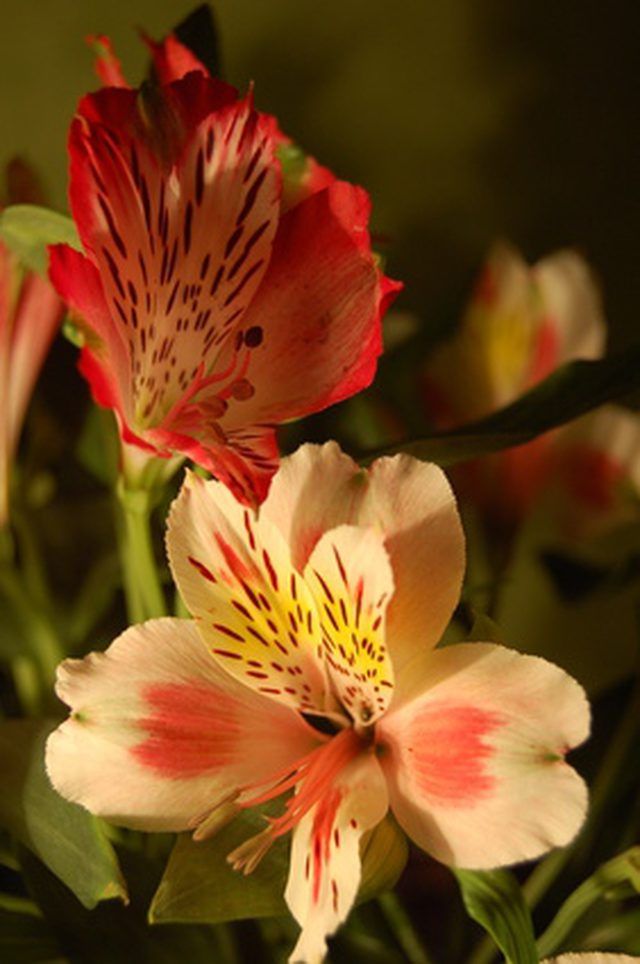Bulbs
Flower Basics
Flower Beds & Specialty Gardens
Flower Garden
Garden Furniture
Garden Gnomes
Garden Seeds
Garden Sheds
Garden Statues
Garden Tools & Supplies
Gardening Basics
Green & Organic
Groundcovers & Vines
Growing Annuals
Growing Basil
Growing Beans
Growing Berries
Growing Blueberries
Growing Cactus
Growing Corn
Growing Cotton
Growing Edibles
Growing Flowers
Growing Garlic
Growing Grapes
Growing Grass
Growing Herbs
Growing Jasmine
Growing Mint
Growing Mushrooms
Orchids
Growing Peanuts
Growing Perennials
Growing Plants
Growing Rosemary
Growing Roses
Growing Strawberries
Growing Sunflowers
Growing Thyme
Growing Tomatoes
Growing Tulips
Growing Vegetables
Herb Basics
Herb Garden
Indoor Growing
Landscaping Basics
Landscaping Patios
Landscaping Plants
Landscaping Shrubs
Landscaping Trees
Landscaping Walks & Pathways
Lawn Basics
Lawn Maintenance
Lawn Mowers
Lawn Ornaments
Lawn Planting
Lawn Tools
Outdoor Growing
Overall Landscape Planning
Pests, Weeds & Problems
Plant Basics
Rock Garden
Rose Garden
Shrubs
Soil
Specialty Gardens
Trees
Vegetable Garden
Yard Maintenance
Alstroemeria Flower Meaning
Alstroemeria Flower Meaning. One of about 50 species of lilies native to the cool heights of the Andes, alstroemeria, or the Peruvian lily, is a member of the Amaryllidaceae family and a relative of the amaryllis and the onion. Colors among the species vary from yellow to golden, apricot to deep pink and even purple and they are a favorite of...

One of about 50 species of lilies native to the cool heights of the Andes, alstroemeria, or the Peruvian lily, is a member of the Amaryllidaceae family and a relative of the amaryllis and the onion. Colors among the species vary from yellow to golden, apricot to deep pink and even purple and they are a favorite of florists to add a note of the exotic to arrangements.
History
Sometimes called the Parrot Lily or the Lily of the Incas, the genus Alstroemeria was named after its discoverer, Swedish Baron Claus von Alstroemer by famous botanist and classifier Carolus Linnaeus. Von Alstroemer collected seeds from the flower on a trip to South America in 1753 and sent them to his teacher, Linnaeus.
Botany
The showy flowers of alstroemeria are made up of six tepals (petals and sepals) that are roughly similar in appearance. In some species, two of the tepals will be enlarged and act as attractants to pollinating insects. The ovaries of these flowers are inferior, or fused to the flower base, and produce hard, round seeds.
Culture
All members of the genus Alstroemeria grow well in well-drained, acidic, rich soils. They will thrive in the morning sun but also do well in light shade. Alstroemeria are tuberous and rhizomatous plants, forming large clumps of plants and bearing dozens of flower heads. Their rhizomes form sausage-like structures that act as storage for water. Properly tended, they will produce voluminous flowers from spring to summer. Once established, they are best left undisturbed but will transplant well. They are hardy down to 23 degrees Fahrenheit and naturalize well.
Use as Florist Plants
The unique twisting leaves coupled with the wide range and vividness of the colors of this genus of flowers makes alstroemeria a favorite of florists. Grown in Europe since the 18th century, they are now grown internationally, with more than 200 cultivars. They do, however, tend to drop their flower petals if exposed to unfavorable temperatures or reduction in water. Due to intensive breeding, alstroemeria are available year round, making them a ready complement to any bouquet or arrangement. Alstroemeria have a vase life of 6 to 10 days. However, they are sensitive to both ethylene and fluoride. Avoid keeping arrangements in a kitchen environment near apples or other ripening fruit and water only with filtered water.
Symbolism
The leaves of the alstroemeria grow upside down, twisting and turning as they mature, and trigger its association with the virtues of friendship and devotion and represent the growth and change found in long term-friendships and other relationships. Alstroemeria also signify wealth, prosperity and fortune.